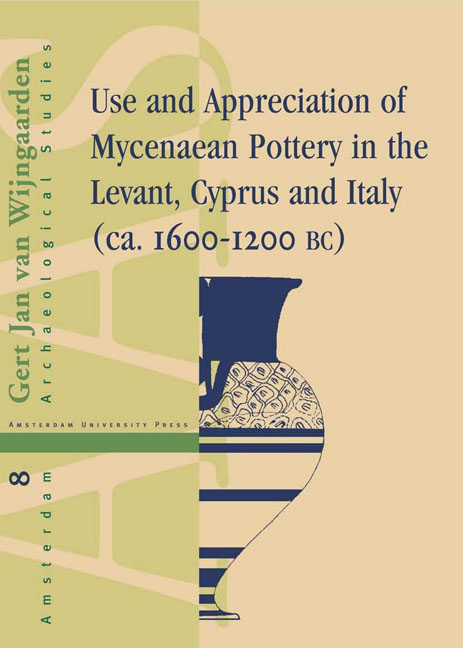6 - Hazor
Published online by Cambridge University Press: 10 February 2021
Summary
INTRODUCTION
Hazor is situated at the foot of the eastern ridge of the upper Galilee mountain range, in the northern Jordan valley, about 16 km north of Lake Tiberias and some 7 km west of the present-day course of the Jordan river. The site has been visited by various archaeological expeditions from 1928 up to the present day. It lies on a mound which has a higher part, referred to as the acropolis, in the south-east, while the vast lower plateau stretches to the north-west (Fig. 6.1). The earliest structures at Hazor have been discovered on the higher tell only and date from the Early Bronze Age II period. From this period onwards habitation seems to have continued on the acropolis until the third and second centuries BC. The lower plateau has been occupied during the Middle and Late Bronze Ages only.
In all the excavated trenches at Hazor (Fig. 6.1) remains from the Late Bronze Age have been discovered. The stratigraphy of the site for the Late Bronze Age is extremely complex, especially with regard to correlating the upper and lower city. There appear to have been three phases of settlement: Late Bronze I (ca. 1600-1400 BC), IIA (ca 1400-1300 BC) and IIB (ca. 1300-1200 BC). Even though it is difficult to ascertain because of the later disturbances on the higher part of the tell, the acropolis seems to have constituted a separate urban zone during the Late Bronze Age. Discoveries of temples and a palatial structure from the Late Bronze Age in areas A and M indicate that this part of Hazor was an official area, designated for the royal court and for cult practices. The excavations at the lower plateau have revealed domestic buildings and various indications for artisan activities. Evidence for religious activities within the lower city comes from a monumental temple in area H, as well as from a temple set among domestic structures in area C.
The material remains at Hazor, as well as the evidence for religious practices place the site firmly within the Canaanite culture of the Late Bronze Age Levant. Nevertheless, Hazor has been described as something of an enigma in comparison with contemporary sites in the same area.
- Type
- Chapter
- Information
- Use and Appreciation of Mycenaean Potteryin the Levant, Cyprus and Italy (1600-120O BC), pp. 75 - 98Publisher: Amsterdam University PressPrint publication year: 2002



